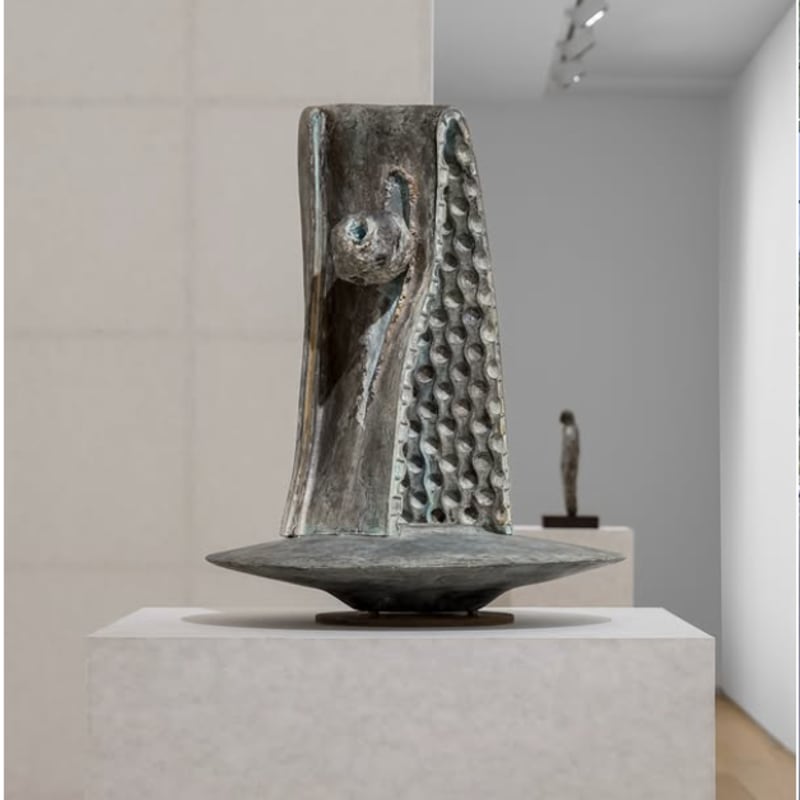Oliver Beer at British Art Show 9
Oliver Beer’s work Household Gods is being displayed at MIRROR as part of British Art Show 9 (BAS9). BAS9 is a landmark touring exhibition that celebrates the vitality of recent art made in Britain.
BAS9 in Plymouth explores three overarching themes - healing, care and reparative history; tactics for togetherness; and imagining new futures. Each of the four exhibitions will also adapt to local contexts. In Plymouth the exhibition is centred on the migration of bodies, peoples, plants, object, ideas and forms.
HOUSEHOLD GODS
Household Gods is a sound installation and sculptural work, reflecting Oliver Beer's current exploration of the relationship between sound and form, and the innate musicality of the physical world. The Household Gods of the title are physical objects, placed on plinths in a whitened room and idolized to the point where they can sing. In the main space of the gallery, they are given voice and raised to the status of household divinities. Beer uses microphones to amplify the ambient sound ricocheting within the internal spaces of the objects, creating gentle acoustic feedback loops, that allow us to hear the innate sound of each object. These note are determined by volume and form of empty space, and have remained unchanged since the day each piece was created.
Reflecting the omnipresent tradition of animism and pan-cultural reverence to objects, Beer acoustically invests his unique collection with a spirit. Encouraging aural interaction with each object’s histories, the installation gives rise to a complex narrative of cultural assimilation, appropriation and access.
Chosen by the artist for their specific musical resonances, their harmonies represent invisible but unmistakable relationships between the objects. An Arita Amsterdams Bont urinal sings its inherent note, humorously referencing Duchamp's Fountain, 1917. Imported white from Japan and stylised by its Dutch owner to match the tastes associated with the burgeoning empire, it speaks to colonial politics and the articulation of power in aesthetic form. This is brought into musical harmony with a remnant of a chimney purportedly salvaged from the Palace of Westminster following the destructive fire of 1834, inside which the hand marks of the child labourers who made it are still visible. A tiny pot in the shape of the Egyptian divinity Bes, from 4th-1st century BC, adds its high descant of a high B♭.


















































































































































































